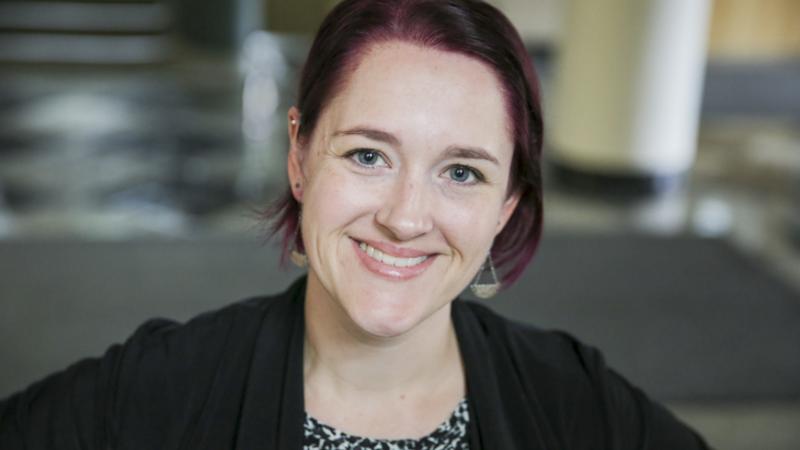This post was originally published on In Justice Today on July 25, 2017.
Over the past decade, the U.S. embarked on an unprecedented jail and prison building campaign, reaching a peak of 2.3 million people incarcerated in adult facilities in 2008. While this meteoric rise of mass imprisonment has been increasingly scrutinized, it is less well known that the number of individuals under supervision on community supervision rose even more dramatically. While community supervision (especially probation) was initially intended as an “alternative” sanction, in recent decades it ballooned alongside imprisonment.
Between 1980 and its peak in 2007, the number of adults under probation supervision in the United States grew from 1.1 to 4.3 million. Adding parole populations brings the total to 5.1 million under supervision. While these numbers have declined since their peak, there are still more than 4.6 million adults under community supervision in 2015, compared to the 2.2 million behind bars. Rather than choosing probation or prison, we have increasingly chosen all of the above, despite sustained declines in crime rates since the 1990s.
Not only are probation and parole additional forms of state control with onerous restrictions and obligations, but they also contribute to prison expansion. When probationers and parolees fail at the overwhelming list of limitations and demands placed on their behavior, they can be revoked to jail or prison — in the most extreme cases, for the entire original sentence. In forthcoming research, I show that 33% of jail inmates and 23% of prison inmates in the mid-2000s were on probation at the time of arrest. Roughly a quarter of these men and women were incarcerated for nothing more serious that violating supervision conditions (for things like failure to report, dirty drug tests, and nonpayment of fines and fees). Compared to probationers in the community, those revoked to jail or prison were disproportionately young men of color. The statistics are just as dire for failed parolees, who made up 12% of the jail population and 18% of prisoners, and for whom roughly one-fifth were incarcerated for technical violations (excluding new arrests).
As some states start to scale back their prison populations, reformers increasingly are turning their attention to this hidden form of criminal justice control. From 2013 to 2016, a group of probation officers, sheriffs, corrections executives, prosecutors, judges, policy-makers, reformers, and academics convened through the Harvard Kennedy School’s Executive Session on Community Corrections.
In an unusual development, the group was in such clear agreement about the direction needed for community corrections, they published a consensus document signed by the entire team. Drawing from the U.S.’s foundation principles and values — including life, liberty, and equality before the law — they call for a vision of community corrections that departs significantly from today’s practices. The paper lays out four bold principles to guide the future of community supervision, including:
- To promote the well-being and safety of communities;
- To use the capacity to arrest, discipline, and incarcerate parsimoniously;
- To recognize the worth of justice-involved individuals; and
- To promote the rule of law, respecting the human dignity of people under supervision and treating them as citizens in a democratic society.
To implement this new vision, the Executive Session members call for a number of paradigm shifts. Perhaps most importantly, the paper advocates moving from “mass supervision to focused supervision” — making probation and parole a targeted and strategic use of resources rather than default supervision status for a massive number of adults. The authors call for the end of probation for low-level offenses that never would have been punished 40 years ago with formal supervision. In addition, they propose a radical rethinking of how individuals are treated on community supervision, with a new emphasis on promoting success, providing meaningful assistance, and emphasizing dignity and respect.
While the brief consensus document leaves much to be worked out in terms of implementation — both at the level of legal changes necessary and the tougher work of changing the daily operations of prosecutors, judges, and probation and parole officers throughout the country — it is a notable accomplishment. Bringing community supervision out of the shadows and centered in criminal justice reform is critical if we are to dramatically reduce the scale of imprisonment without transferring those populations onto community supervision. In addition, such an upheaval of the justice system has the potential to bring real improvements to the lives of families in distressed communities, where criminal justice control has been far too extensive and repressive.
For more information on Professor Phelps, go here.

